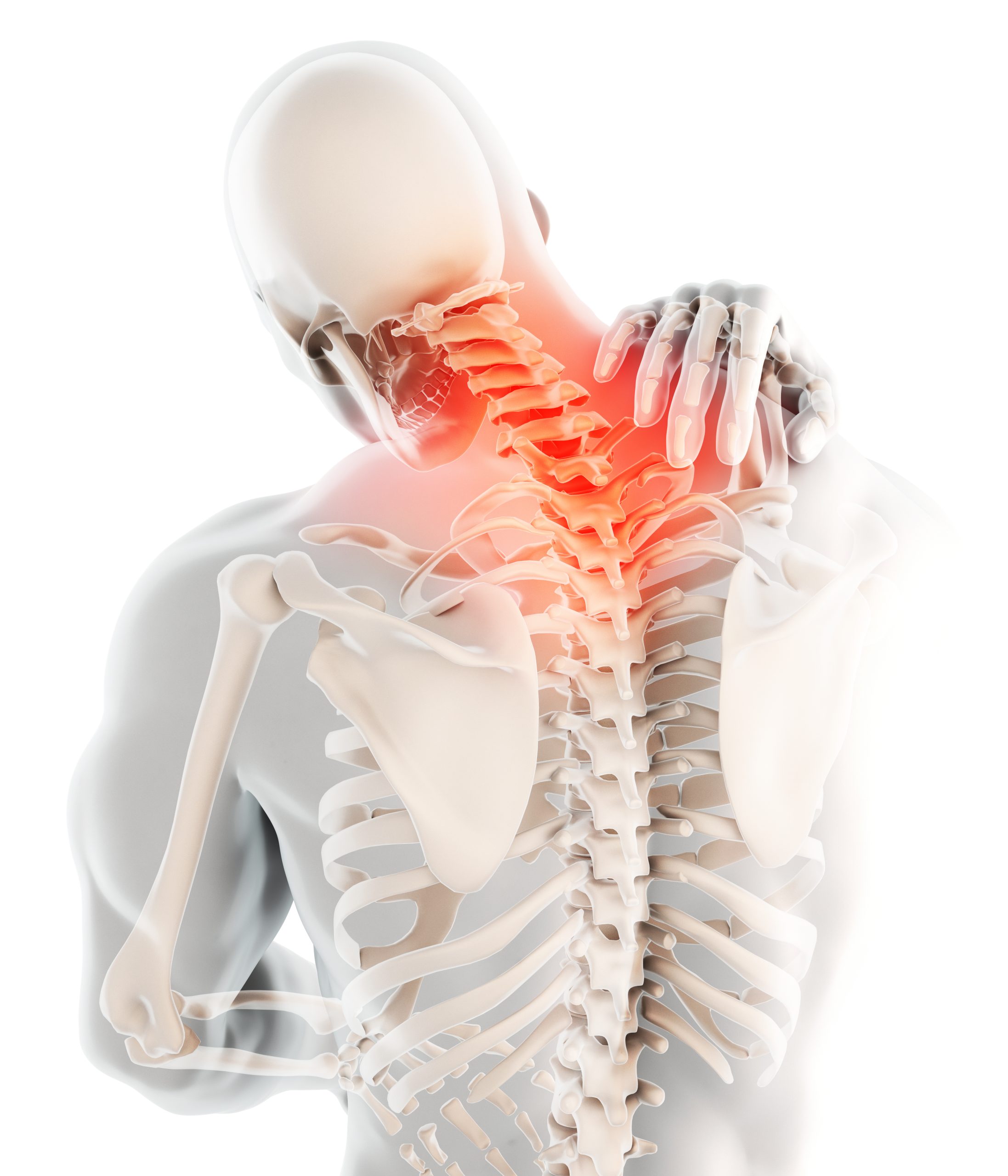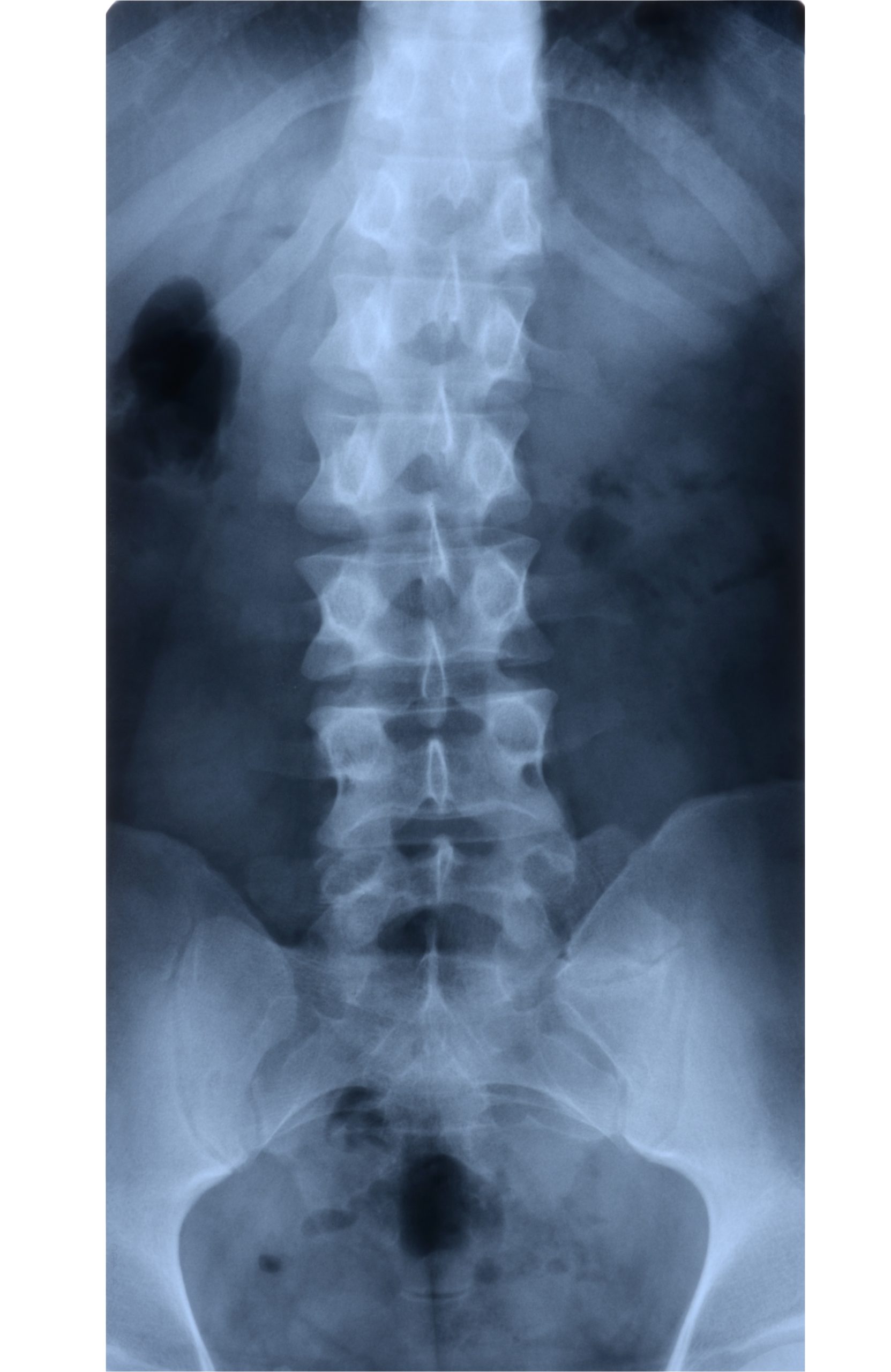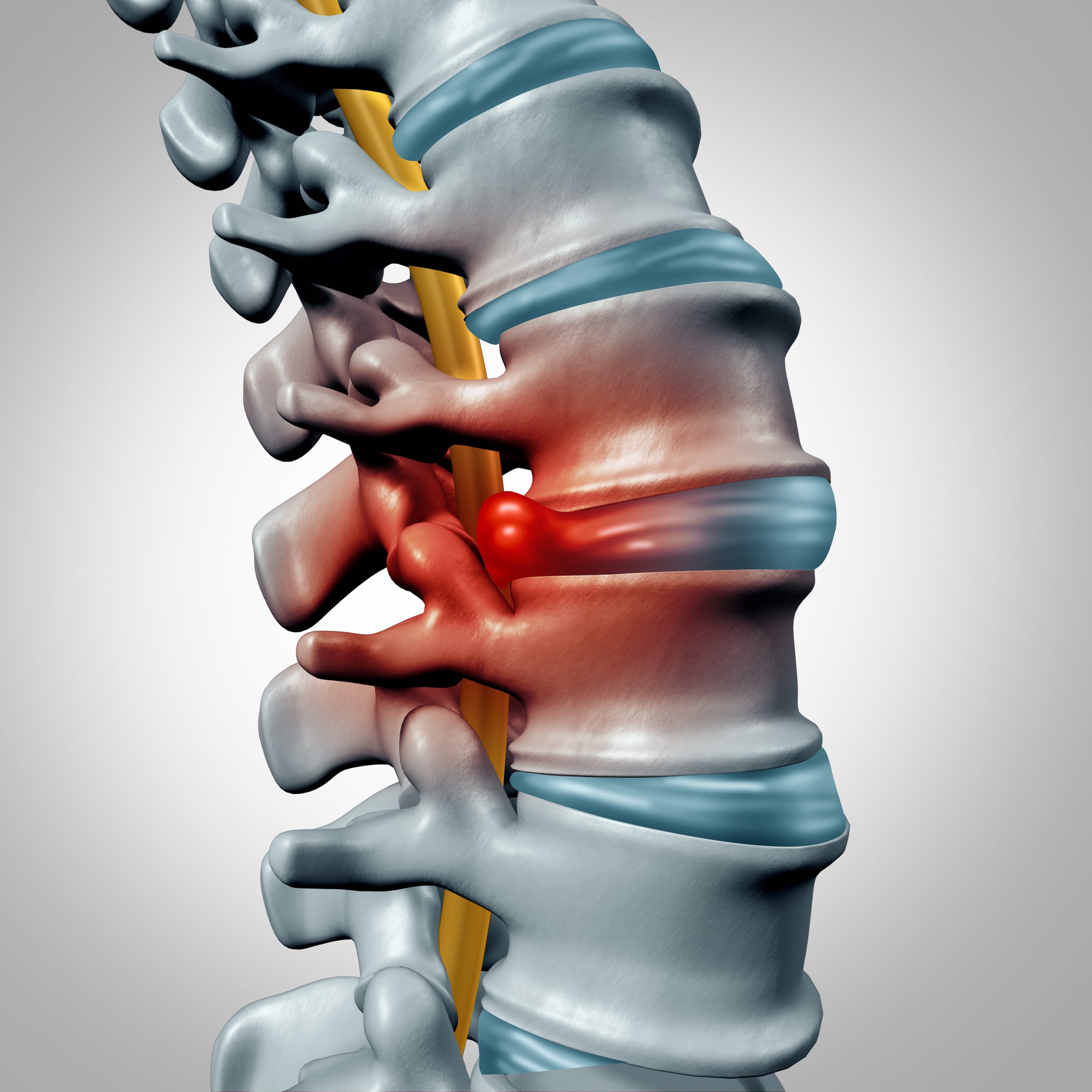Neurosurgical Pathologies and Procedures
Cervical Disc Herniation / Cervical Stenosis or Cervical Foraminal Stenosis
Anterior Cervical Discectomy and Fusion (ACDF) Procedure
The Anterior Cervical Discectomy and Fusion (ACDF) is a surgical technique performed through an anterior (front) approach to address cervical spine conditions such as disc herniations, foraminal stenosis, or both. The surgery involves accessing the cervical spine by gently pushing the trachea and esophagus to the side to create a clear pathway. The affected disc is removed entirely, and the posterior ligament is opened to allow visualization of the spinal cord and nerves from the front.
Once the diseased disc is removed, a disc spacer is implanted in its place to restore the height and alignment of the cervical spine. Depending on the case, this spacer may be secured with additional fixation using a plate, anchors, or small screws.
Postoperative Course:
Recovery is generally rapid, with patients typically mobilized immediately after surgery. Hospital stays range from 1 to 3 days, depending on the individual case. A postoperative X-ray is performed to confirm the correct positioning of the implanted materials.
Mild cervical pain, difficulty swallowing, or slight voice changes can occur temporarily after the procedure and are considered normal. Return to work depends on the patient’s profession but typically occurs between 4 weeks and 3 months postoperatively.
This procedure is designed to alleviate symptoms such as neck pain, radiating arm pain, numbness, or weakness, and to stabilize the cervical spine, promoting a return to normal activities as quickly as possible.



Disclaimer:
The above information is provided as general guidance and is not intended to replace individualized consultation with a qualified medical professional. The Luxembourgish Society of Neurosurgery and Spine Surgery a.s.b.l. (SLNCR) cannot be held responsible for the accuracy, completeness, or applicability of this information to specific cases, nor for any surgical outcomes, surgeon-specific approaches, or potential complications arising from the procedure. Patients are encouraged to discuss all details of their condition, treatment options, and potential risks directly with their surgeon.